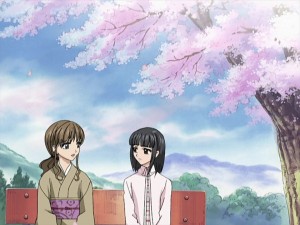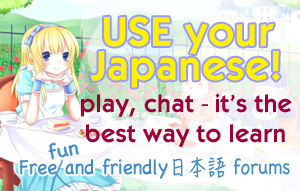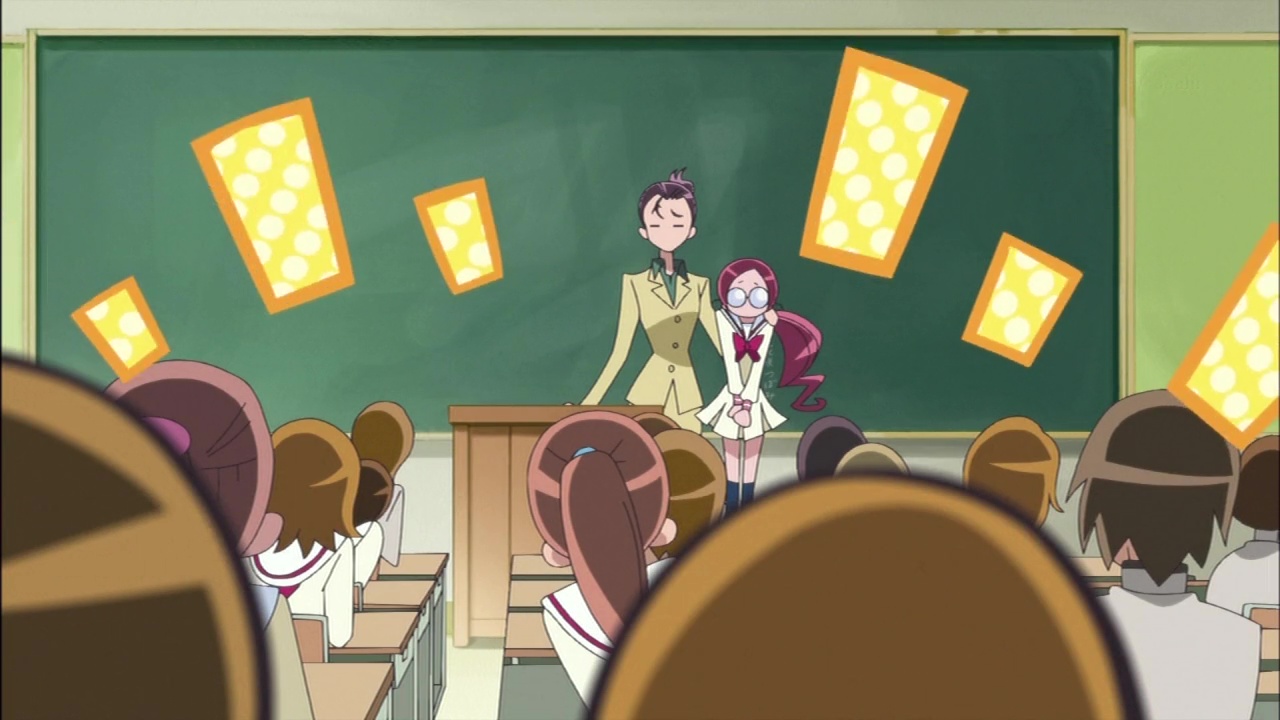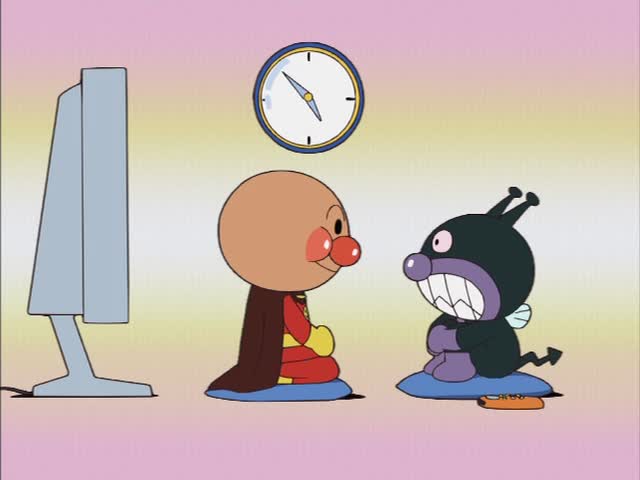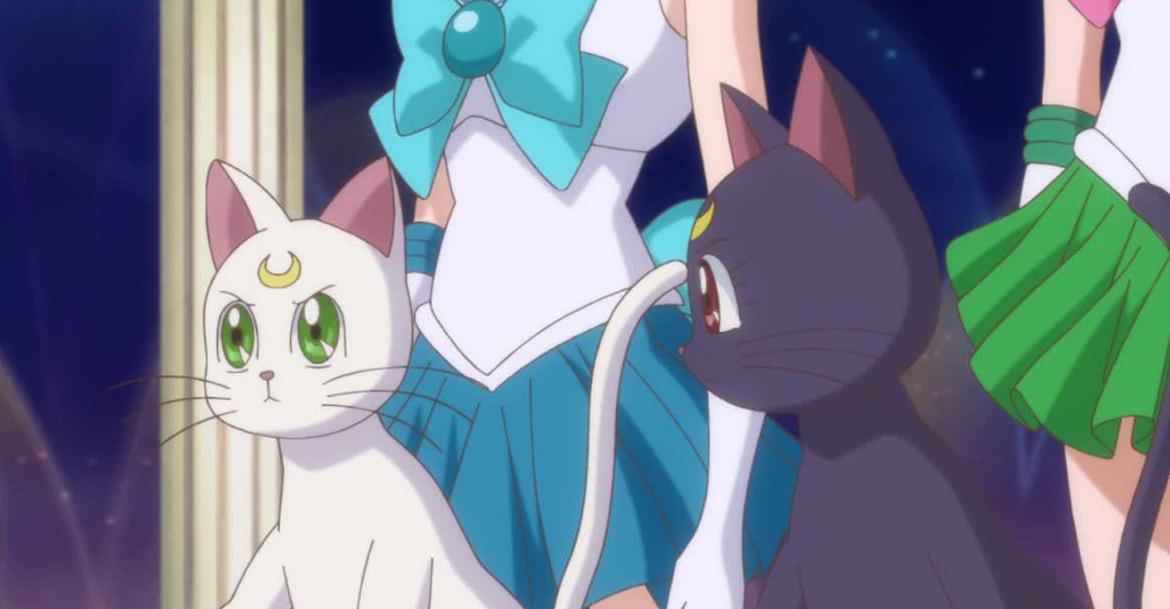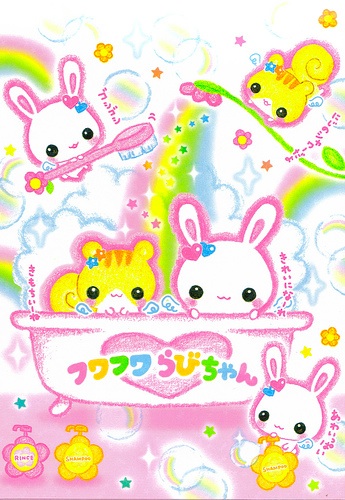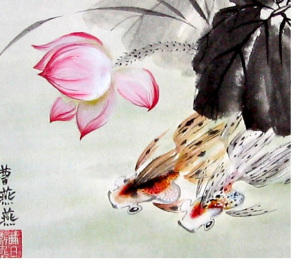Learning to speak and write is an important part of learning Japanese. Cure Dolly frequently emphasizes that the mind treats language in a very different way from anything else. Being able to use a language for real communication is the key to getting your mind to prioritize your Japanese.
While learning to speak and write is crucial to truly learning Japanese, it can be hard to know when you should begin these activities.
When Do You Start Speaking?
Like many things about learning Japanese, if you look online, you will get all sorts of opinions about this. Some will say that you should start speaking from Day 1. Others will say that you should wait until your Japanese reaches a certain level.
My own thought is that this will vary from person to person. For some people, speaking from Day 1 really is the best choice. Others may want to wait until they feel ready. Some, like myself, will wait until they have a mentor who forces the issue.
Everyone is different. One big factor is whether you are an introvert or an extrovert. If you are an extrovert, you will probably want to start speaking as soon as you can. You enjoy connections with other people, and being able to talk will be motivating for you.
If you are an introvert, however, you may want to spend a lot more time on input, i.e. listening and reading, before you feel ready to take the plunge into speaking. For you, speaking may be scary rather than motivating.
Cure Dolly talks about this question and about how to go about learning to speak in the video that is linked to below:
When Do You Start Writing?
Writing in Japanese is also important, and it gives different opportunities and poses different challenges.
For introverts, writing may be a bit easier than talking. One does not necessarily have to interact with others or even have a partner to write. It is possible to start writing in a journal or a diary so that no one else can see.
When you are writing, you also have the opportunity to look up words and investigate grammar points. When you do this, it can increase the level of your Japanese in all other areas.
In the video linked below, Cure Dolly discusses some ways to improve your writing and even write above your current level of Japanese.
Opportunities to Speak and Write
There are currently opportunities available to begin speaking and writing, even if you are a beginner.
Opportunity to Speak
One of these opportunities is our group with Mozilla Hubs. It can be accessed by your computer, your phone, your tablet, or through Virtual Reality on either your computer or your Oculus or other VR device.
The link to this Hub is below:
We are currently meeting on Saturdays at 8 pm British Time/2 pm US Central Time. This coming Saturday, we will be starting something new and dedicating the first 15 minutes to beginners. We will have an easy conversation, and the topic will be announced ahead of time.
This Saturday’s topic will be the weather.
For future weeks, the topic will be announced on this Forum thread.
If you would like to stay, you are more than welcome to, but the conversation will move to a more advanced level. Even if you cannot follow the entire conversation, you are welcome to listen and chime in when you can.
If you would like to leave after the beginner’s time is over, you are free to do that as well.
Note about Daylight Savings Time
Daylight Savings Time will start in the United States on March 13, 2022, but it will not start in Europe until March 27, 2022.
This will impact the Hub on March 19 and March 26, 2022.
As currently, there are more members in the United States than in Europe, we will be following the time in the United States. That means that if you are in Europe, or in a place that follows the later start time, the Hub will start an hour earlier for you than normal for these two weeks.
Opportunity to Write
There are also plenty of opportunities to write on the Organic Japanese Forum, which remains active and ongoing.
You will need to register for the Forum in order to participate, but doing so is simple and straightforward. Once you are there, you may only write in Japanese, and English is forbidden. This creates a situation in which you must communicate in Japanese. The Forum is friendly and helpful, and we are all learning.
This makes it a safe place to learn how to use your Japanese.
At present, thanks to one of our members, Helen-san, is an ongoing game called Card Monogatari. This game is a progressive story, in which each person picks a word from a list and writes a sentence or two.
There is one that is at a beginner’s level, which can be found here, and there is another that is at an intermediate level, which can be found here.
These can be ways to jump in, even if you are shy or have trouble thinking of things to say.

